For many, footwear is a matter of form over function. It’s about looking your best every time you step out of the house. But for those living with plantar fasciitis, what you wear on your feet has far more important implications.
The right shoes alleviate discomfort, while the wrong ones exacerbate the painful symptoms associated with this foot condition. Unfortunately, many shoes prioritize aesthetics at the expense of support and comfort, making matters worse.
This begs the question, are barefoot shoes good for plantar fasciitis? Not only are they good, they are the best choice for those suffering from this condition. They support natural foot mechanics to alleviate pressure on the plantar fascia - the band of tissue that leads to plantar fasciitis when inflamed.
However, not all barefoot shoes are created equal. To truly benefit from them, follow along we guide you on what features to look for so you can take control of your foot health and overall wellness.
But if you’re in a rush and just want rapid relief, look no further than our plantar fasciitis shoes here at Hike Footwear. They’re crafted with your needs in mind, featuring optimal arch support, superior cushioning, and innovative design to reduce foot strain and promote comfort.
Discover the #1 podiatrist and orthopedist-recommended barefoot shoes online today, or learn more about barefoot shoes and plantar fasciitis below!
What is Plantar Fasciitis?
First, what is plantar fasciitis and what role does your footwear play in managing this condition? This is the result of injury, typically associated with overuse, to the plantar fascia - a thick band of tissue that runs across the bottom of your foot and connects your heel bone to your toes.
The plantar fascia functions as a shock absorber and supports your foot arch. Too much pressure on your feet can damage or tear the tissues. The body's natural response to injury is inflammation, which results in heel pain and stiffness of plantar fasciitis. Let’s go over symptoms, causes, and typical treatments below.
Symptoms
The most telltale symptom of plantar fasciitis is a sharp, stabbing pain in the bottom of the foot near the heel. The pain is often worse in the morning when taking the first steps out of bed, or after standing up after prolonged periods of sitting. It may also be triggered by long periods of standing or rising from a seated position.
Common Causes
Plantar fasciitis is typically caused by repetitive strain injury to the ligament of the sole of the foot. Such strain can be from excessive running or walking, inadequate foot gear, or a lifestyle that puts excessive stress on the feet.
Other risk factors include obesity, which puts extra stress on the plantar fascia, and foot arch problems such as flat feet or high arches.
This is where the link between footwear and plantar fasciitis comes into question - flat feet and other arch issues are typically the result of wearing suboptimal footwear, especially during strenuous activities like hiking, jogging, or even just being on your feet all day.
Typical Treatments
Once you’ve been professionally diagnosed with plantar fasciitis there are a number of ways you can manage the pain and support recovery of the plantar fascia itself:
- Rest: Reducing activities that place a lot of stress on the heel - like long runs, walking on hard surfaces, or standing for extended periods.
- Ice: Applying an ice pack to the affected area for 15-20 minutes several times a day helps reduce inflammation.
- Exercises: Stretching the plantar fascia and Achilles tendon and strengthening lower leg muscles can help stabilize the ankle and heel.
- Medications: NSAIDs like ibuprofen and naproxen can relieve pain and reduce inflammation.
- Supportive Shoes and Orthotics: Wearing shoes with good arch support and a cushioned sole (sometimes custom-made for your specific arches) can help distribute pressure to the feet more evenly.
Speaking of shoes and orthotics, let’s get to the root of today’s conversation - are barefoot shoes good for plantar fasciitis?
Are Barefoot Shoes Good for Plantar Fasciitis?
We touched on the role of footwear in managing or exacerbating foot health conditions like plantar fasciitis, but let’s narrow our focus to an increasingly popular style: barefoot shoes. What are these, and how do barefoot shoes help with plantar fasciitis?
What Are Barefoot Shoes?
First, what are barefoot shoes? If this is your first time hearing about this non-traditional style, a good starting point is our comparison of barefoot shoes vs regular shoes.
But really, these shoes are exactly what they sound like - footwear designed specifically to mimic the act of walking barefoot. Why would you want to do this, though?
Simple. When it comes to footwear, less is more. No matter the original intention behind the design, modern-day shoes do more harm than good with narrow toe boxes, restricted fits, elevated heels, and overly-cushioned supports.
In contrast, here are the key characteristics of barefoot shoes:
- Thin Soles: This helps enhance sensory feedback from the ground.
- Zero Drop: There’s no height difference between the heel and toe, promoting a natural gait.
- Wide Toe Box: This allows the toes to spread naturally for better balance and a stronger push-off.
- Flexible Materials: This aids in unrestricted movement of the feet.
You can learn more about the benefits of barefoot shoes in our blog, or the differences between
barefoot shoes vs running shoes if you’re interested. Otherwise, let’s look at the science behind barefoot shoes and plantar fasciitis.
How Do Barefoot Shoes Help With Plantar Fasciitis?
So, are barefoot shoes good for plantar fasciitis? We believe so - there are three reasons why:
- Encouraging Proper Foot Mechanics: The design promotes natural foot alignment and movement. A natural biomechanical gait reduces stress on the plantar fascia by distributing the body's weight more evenly across the foot.
- Strengthening Foot Muscles: These shoes allow a full range of motion and increased ground contact, which forces the muscles and ligaments in the foot to get stronger, including the plantar fascia. Stronger foot muscles offer better arch support, reducing the load on the plantar fascia.
- Reducing Heel Strain: The zero-drop nature of barefoot shoes means the heel is not elevated, reducing the strain on the Achilles tendon and in turn, the plantar fascia.
Like we said, though, not all plantar fasciitis barefoot shoes are created equal. You need to do your due diligence to get the best pair to overcome this condition. But let’s quickly look at the other side of the coin - can barefoot shoes CAUSE plantar fasciitis in some cases?
Can Barefoot Shoes Cause Plantar Fasciitis in Some Cases?
When you invest in a pair of quality nonslip barefoot shoes and navigate the transition properly, you have nothing to worry about.
However, many individuals have noticed their symptoms worsen by moving too quickly from traditional footwear to barefoot shoes. Like we said, barefoot shoes force your feet to work harder - which at first, leads to soreness while the muscles and ligaments strengthen.
Don’t worry, we have tips on how to walk in barefoot shoes for the first time to help you navigate this transition with confidence. In the meantime, let’s get into some of our tips on choosing the best barefoot shoes for plantar fasciitis.
Tips on Choosing the Best Barefoot Shoes for Plantar Fasciitis
Just like when choosing the best barefoot shoes for toddlers or the best barefoot shoes for lifting, there are a few different factors you should consider before you place your purchase. Here’s what you need to know about barefoot shoes and plantar fasciitis…
Selecting the Right Fit
One of the most important things to consider is the fit of your plantar fasciitis barefoot shoes. Otherwise, you could end up putting more pressure on the plantar fascia and making matters worse.
While it can be tough to assess sizing online when you aren’t trying shoes on before buying, following the brand’s size chart can help you avoid the stress of improper sizing. Further to that point, make sure the brand you’re shopping with offers a hassle-free return policy in the event your shoes show up and are too big or small.
In general, the most important thing is to make sure there’s enough room in the toe box for your toes to wiggle freely without constriction. The heel and midfoot should feel secure without slipping or pinching, as this can affect your gait and lead to further discomfort.
Considering Sole Thickness
All barefoot shoes have a thin sole compared to traditional footwear, but the thinner the sole, the better. This will influence just how elevated your ground proprioception is. For example, our soles are just 4mm!
You may be worried about thin soles failing to offer optimal support and protection - but that’s why it’s so important to assess material quality as well. Despite being thin, high-quality soles still keep your feet safe from sharp objects and harsh terrain.
Beyond thickness, consider sole flexibility as well. You need shoes that move with your feet, mimicking each step and adjusting to different types of terrain with ease.
Other Crucial Design Features
You should also take into account the types of materials used for the uppers on the shoe. Lightweight, breathable materials will keep you cool and comfortable on your feet all day. Better yet, water-resistant materials make for an excellent pair of barefoot winter shoes.
Take note of the heel drop - ideally, there would be none. Remember, an elevated heel can exacerbate plantar fasciitis symptoms. The specific feature you want is “zero heel-to-toe drop”.
Of course, you don’t just want shoes that feel good on your feet, you want to look good too! Despite what you may have heard, there are plenty of casual barefoot shoes that are as stylish as they are comfortable. From barefoot boots to high top barefoot shoes and low-top styles, find something that aligns with your preferences.
Brand Reputation
The best way to feel confident picking your plantar fasciitis barefoot shoes is by assessing the reviews left by others who were once in your shoes (pun intended).
Do your due diligence into a brand’s design process, the specific materials they use, the research that went into designing their shoes, and most importantly, the success stories of others who have worn the shoes.
Value for the Money
It’s tempting to try and find the most affordable option, especially with something you may not be entirely sure about yet like barefoot shoes for plantar fasciitis. However, be careful because you typically get what you pay for, and your health and well-being are not somewhere to cut corners.
Instead, focus on value for the money. Look into durability, as high-quality materials and construction mean the shoes will last longer, providing better use over time.
Versatility also plays a role here, as you can often find a single pair of shoes that serve as your barefoot lifting shoes, barefoot work shoes, barefoot hiking shoes, and even casual shoes for running errands!
Evaluate whether the price aligns with the benefits provided, especially in terms of features that support foot health and comfort. For the best barefoot shoes for plantar fasciitis, remember that your search ends at Hike Footwear.
The Best Plantar Fasciitis Barefoot Shoes Are a Few Clicks Away at Hike Footwear!
Our selection of plantar fasciitis barefoot shoes has helped countless people overcome the challenges of living with this condition, empowering them to live healthier, happier lives pain-free.
While maintaining the minimalist design, our shoes are crafted with a slight arch support to help distribute pressure more evenly across the foot, reducing the load on the plantar fascia.
The soles provide just enough cushioning to absorb impact without compromising the ground feedback essential for natural foot movement. This is powerful for those with plantar fasciitis who need protection without overly soft surfaces that could exacerbate foot strain.
Most importantly, the anatomical fit mirrors the foot’s natural shape, offering a wide toe box for unrestricted toe movement and a secure fit around the midfoot and heel to prevent unnecessary stress on the plantar fascia.
We designed these shoes with the help of orthopedists to ensure they were the best barefoot shoes for plantar fasciitis, and with more than 565,000 happy customers and counting, it’s safe to say we nailed it!
“They've really helped with my plantar fasciitis. Highly recommend.” - Isla
“I was diagnosed with plantar fasciitis and decided to go the barefoot route. My feet feel 80% better with these shoes. I am a nurse on my feet most of the time. I like them so far.” - Tammy
“I absolutely love my Caspian shoes from Hike footwear! They arrived in 10 days after ordering.
They look great, and they are Super comfortable!! I have severe Plantar Fasciitis, and I feel zero pain when I am wearing my Hike footwear! I will definitely save up my money and purchase more pairs as soon as possible.” - Michael
But why take our word for it when you could experience relief firsthand? With free shipping and a 30-days money-back guarantee, place your order with confidence today.
More Ways to Manage Plantar Fasciitis Beyond Choosing the Right Footwear
Before we wrap up our guide to barefoot shoes and plantar fasciitis we want to leave you with a few more tips on managing this condition:
- Proper Wear: Gradually increase the duration of wear so your feet adapt without overwhelming them, reducing the risk of exacerbating plantar fasciitis symptoms. Should you wear socks with barefoot shoes? Read our guide for insights.
- Stretching and Strengthening Exercises: Daily routines like calf stretches and towel curls can alleviate heel pain and enhance foot health.
- Lifestyle Modifications: Minimize activities that put excessive strain on your feet, such as prolonged standing or walking on hard surfaces. Opt for low-impact exercises like swimming or cycling that don't aggravate your feet.
- Supportive Practices: You may consider going to physical therapy if your symptoms don’t improve after switching to our barefoot plantar fasciitis shoes. Night splints may also be beneficial to stretch the plantar fascia while you sleep, relieving morning pain.
Hopefully, you’re able to implement these tips along with the best barefoot shoes for plantar fasciitis to achieve rapid relief and start walking pain-free once again. So, order yours today!
Final Thoughts on Barefoot Shoes and Plantar Fasciitis
So, are barefoot shoes good for plantar fasciitis? The answer is clear at this point.
Barefoot shoes for plantar fasciitis promote natural foot mechanics, enhance proprioception, and strengthen foot muscles to support a healthier foot structure and reduce stress on the plantar fascia.
However, not all barefoot shoes are suitable for everyone, and careful consideration is needed to choose the right pair, especially for those with specific foot health issues. Either way, make sure to embrace the transition gradually and complement your choice with supportive practices.
From men’s barefoot shoes to women’s barefoot shoes, kids barefoot shoes, and more, we have it all for you at Hike Footwear. So, discover the most effective and stylish plantar fasciitis barefoot shoes today and put pain and discomfort in the past for good!






























































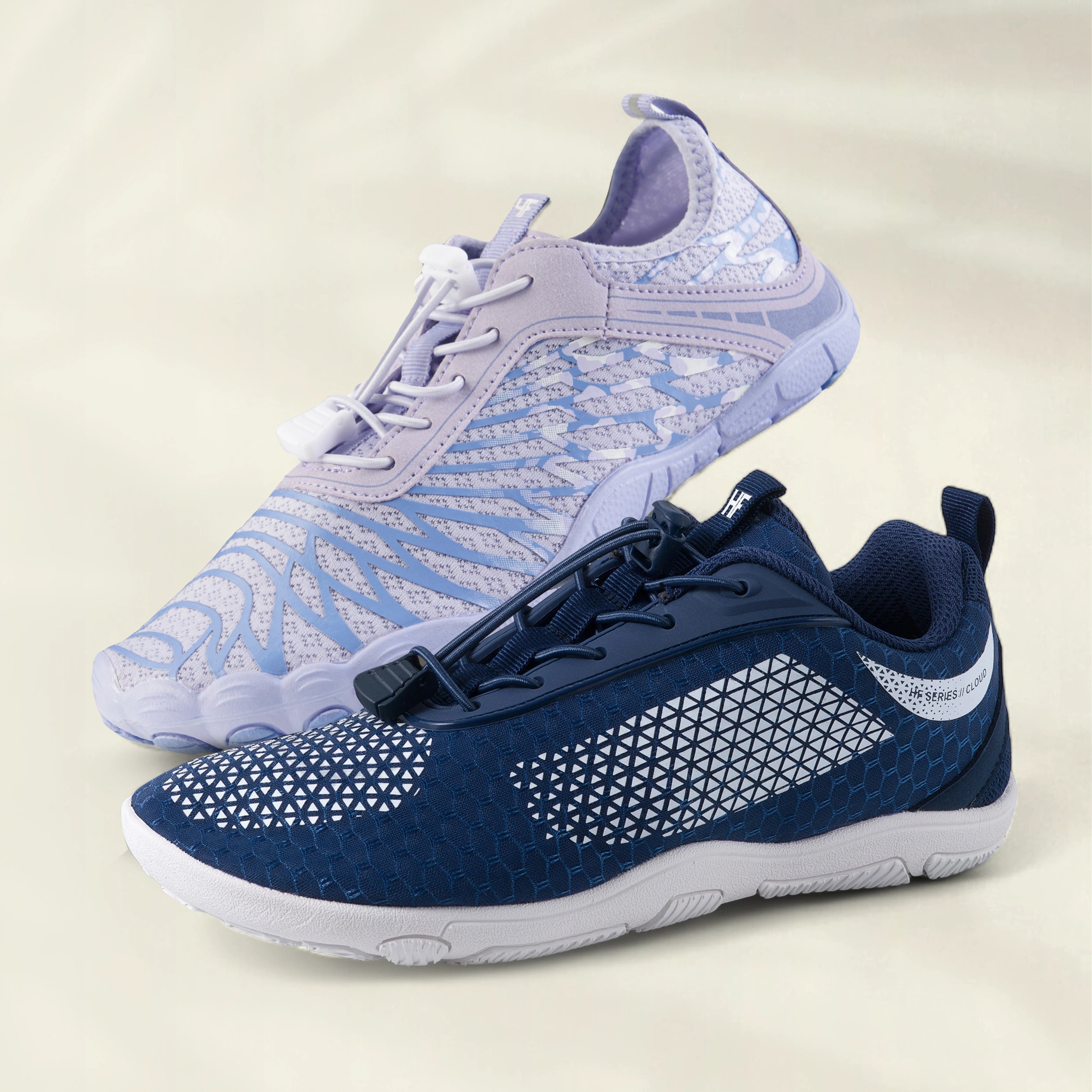
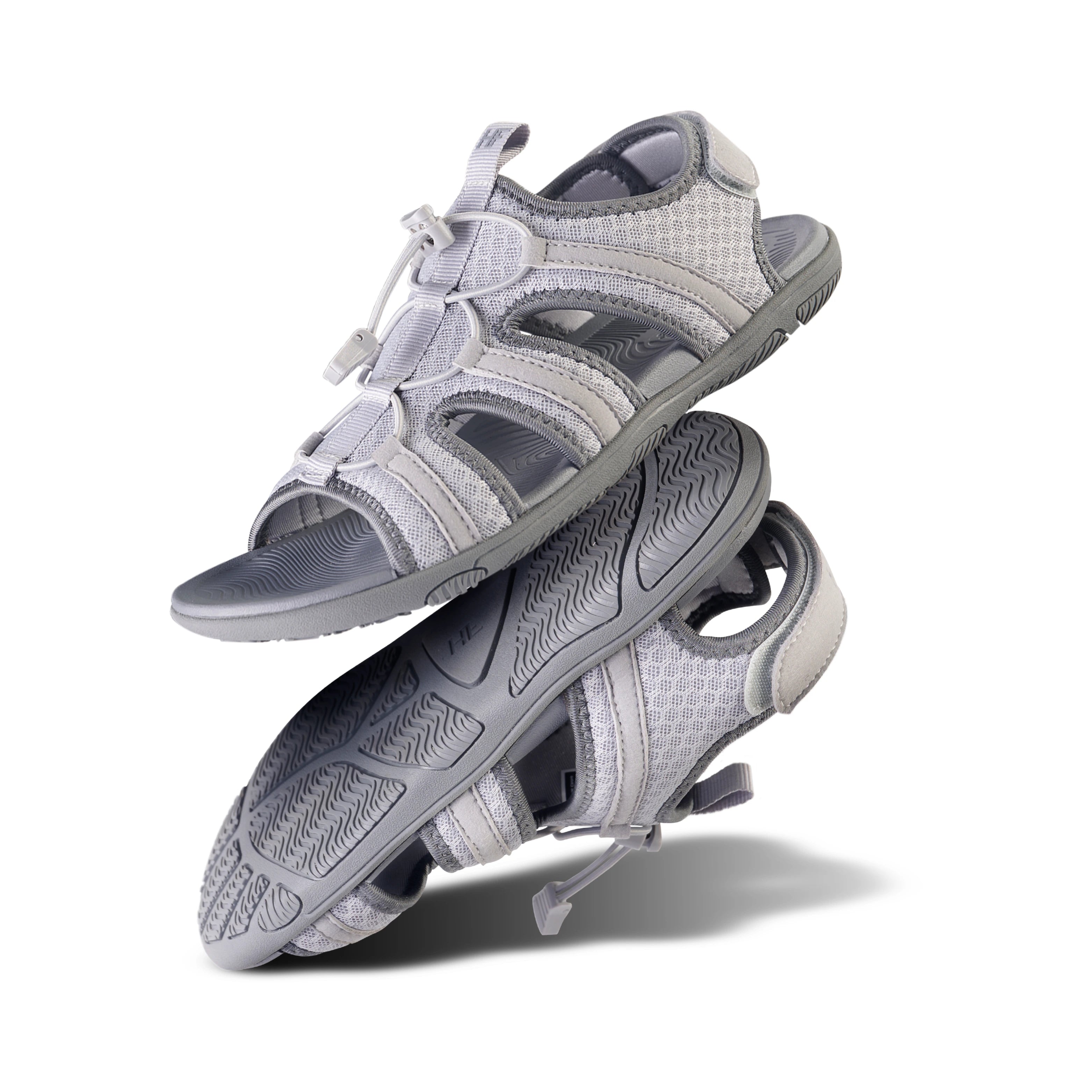
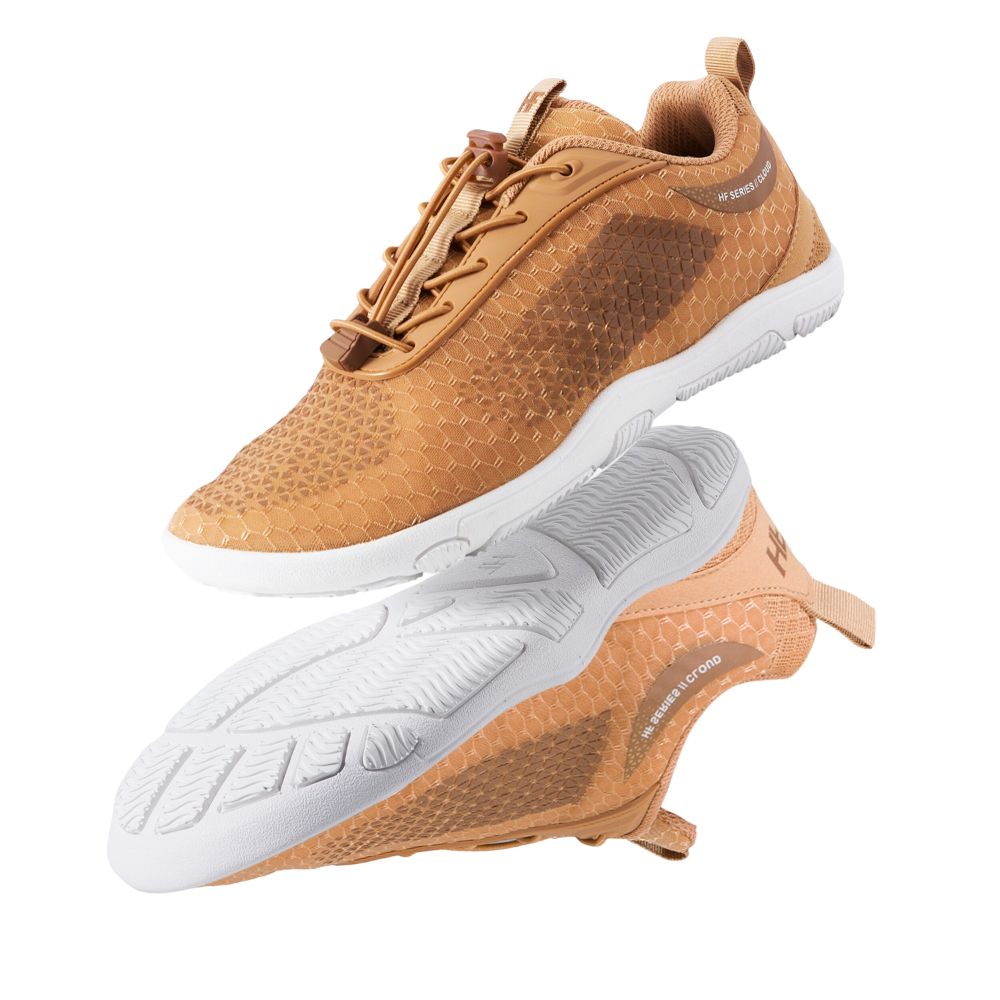
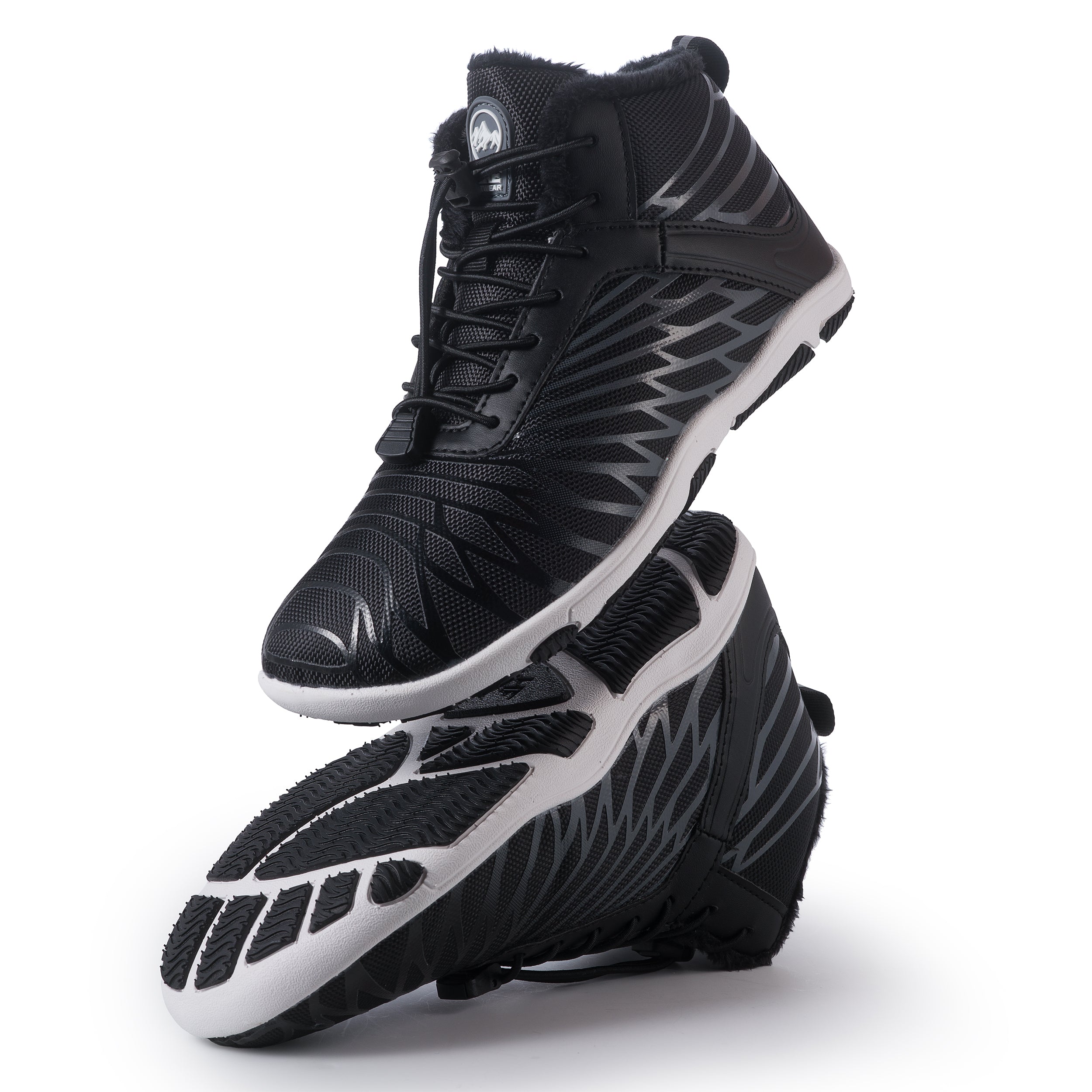
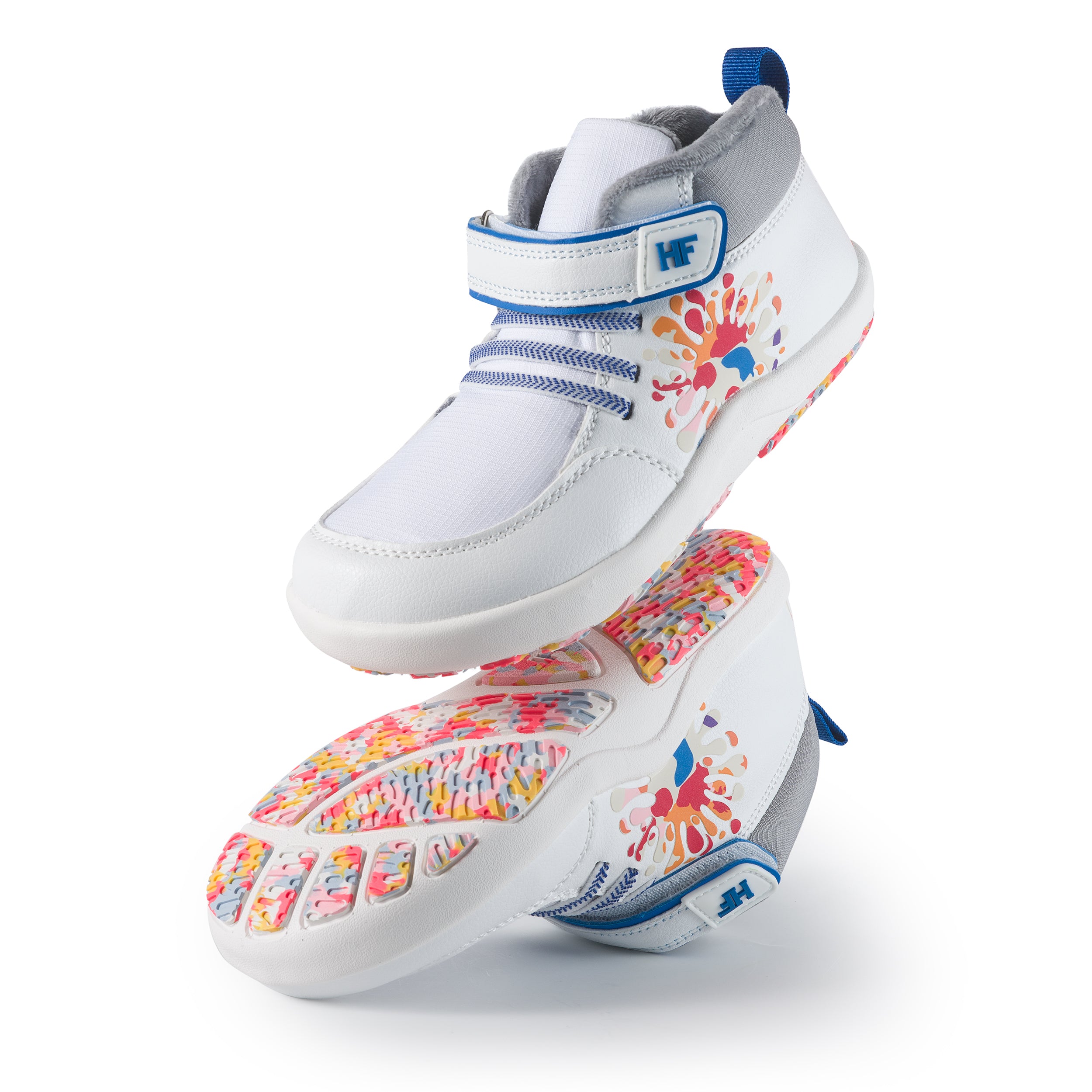
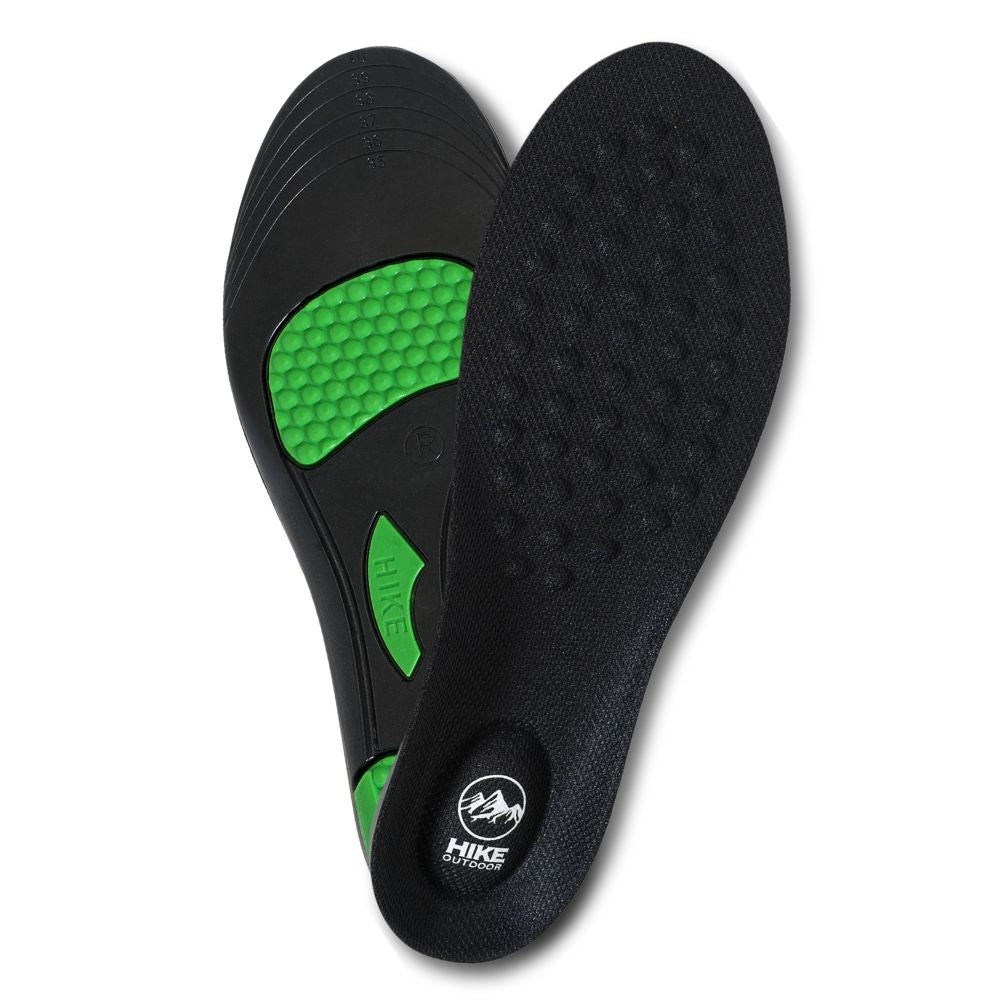
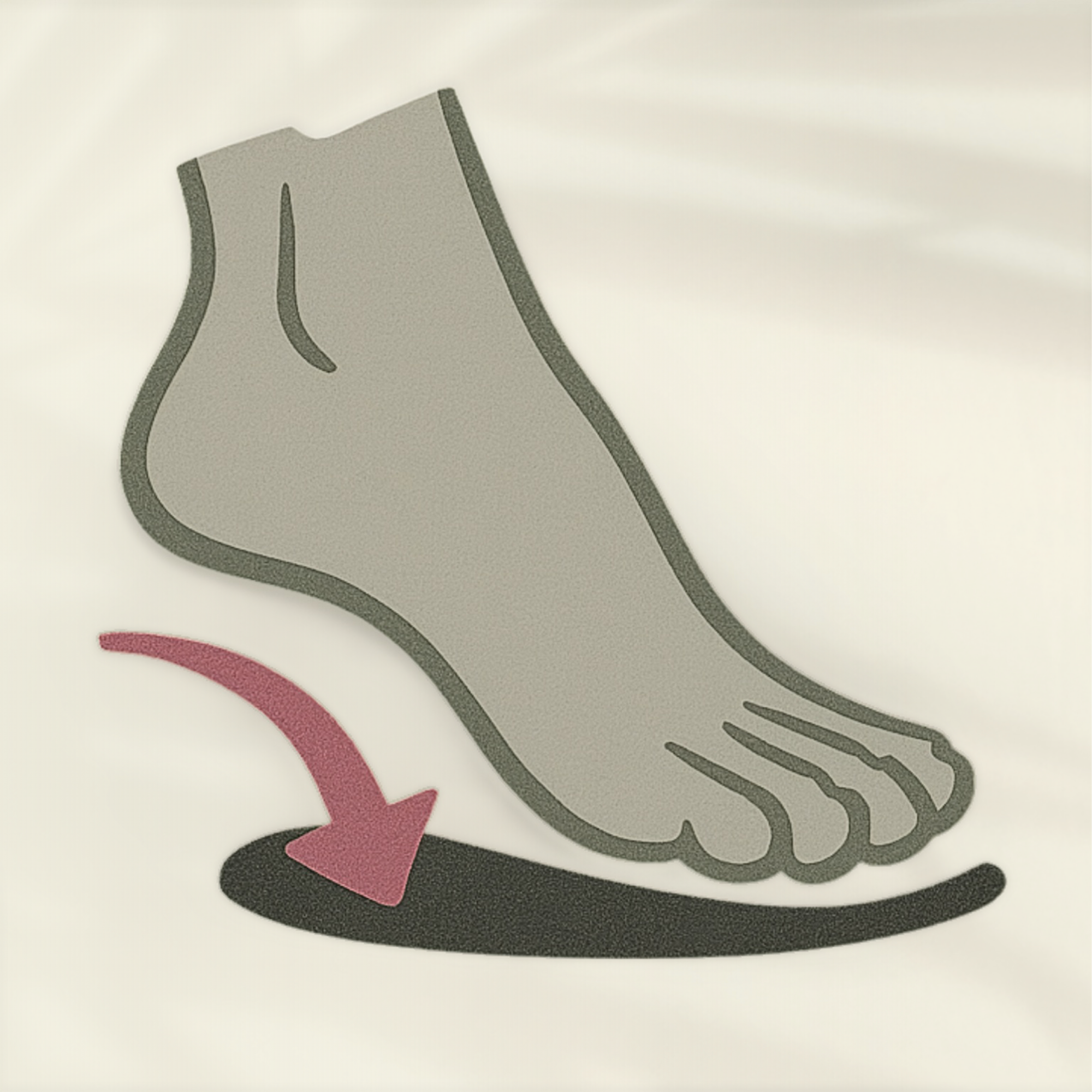


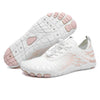
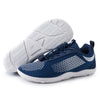
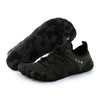
![[NIEUW] HF Shade – Barefoot schoenen voor de hele dag comfort en verlichting van voetpijn (Unisex)](http://hike-footwear.nl/cdn/shop/files/HF_Shade_Blue_100x.webp?v=1759134417)




